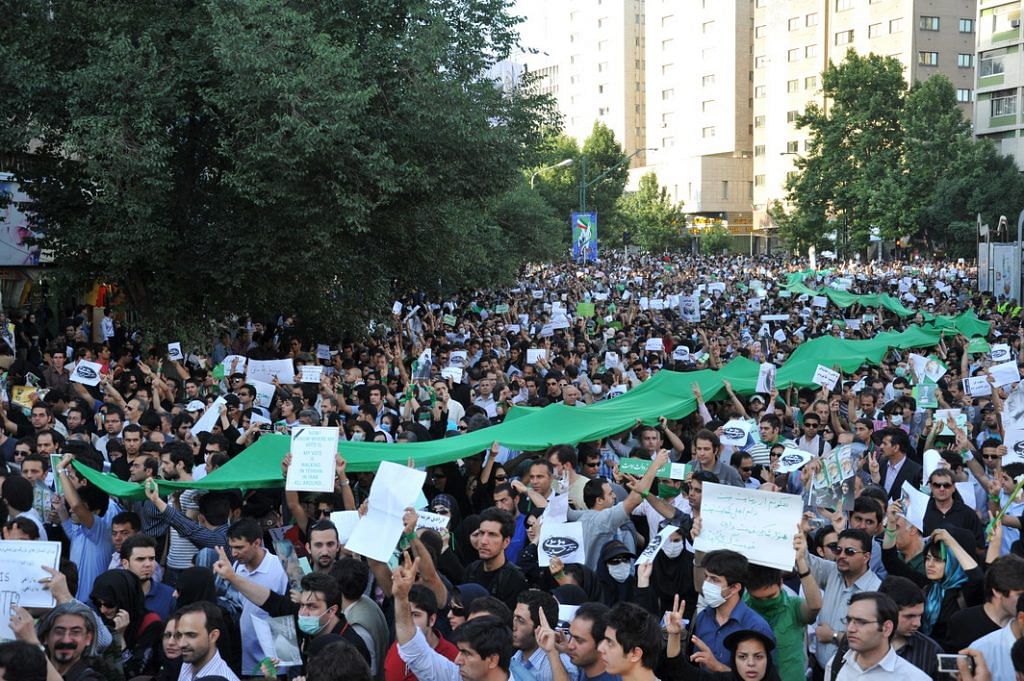The uproar in Iran has not died down, and its extreme significance is very much in the global spotlight. Meanwhile, the first week of the year has seen some characteristic comments from Donald Trump— but surprisingly, not a single comment on Latin America.
What do Iranian protesters really want?
They want accountability, writes Laura Secor in the New York Times. “Taking to the streets is a high-risk activity in Iran. So it is all the more notable that for the first time people are demonstrating without any purchase on the country’s political establishment,” she writes.
“Every decade or so in Iran, protests erupt whose scale, intensity and persistence make global headlines. The ideological punditry flows. We read that the regime is universally hated and about to fall, and then we read that the regime is strong and the oppositionists are marginal people of no account — because, in 2009, they were predominantly middle class, or because, in 2018, they are not. Security forces crack down, the regime doesn’t fall, and dissent remains stalwart and pervasive.”
“A political scientist once told me that Iran is the exception that proves the rule: It’s the textbook example of the country that meets every precondition for democratic transition but still refuses to change.”
“Iranian protests repeatedly come down to one thing: the accountability of the regime to its people,” writes Secor.
Reformists vs. The Rest
“Iranian reformists are not accustomed to being targets of popular frustration, as they are now,” writes Hassan Hakimian in Project Syndicate. With the youth driving the protest, one of the biggest concerns seems to unemployment and other economic factors in Iran. Hakimian writes that these factors actually play a larger reckoning in the protests.
“Viewed in this context, the recent protests have weakened Iran’s reformers by eroding their monopoly on hope and driving a wedge between the government’s neoliberal policies, intended to address Iran’s economic problems, and its goal of deepening popular support. And Iran’s reformers also risk losing political ground to their hardline rivals, who can be expected to adopt an iron-fisted approach to security, at the expense of Rouhani’s gradual loosening of restrictions.”
“Paradoxically, it is that fear factor – rather than the hope for change among disaffected Iranians – that may yet rescue Rouhani’s agenda,” he warns, however.
Surprisingly Silent Trump
“In the past few weeks, President Trump has traded nuke threats with North Korea, trashed Pakistan and the Palestinians and promised support for protesters in Iran. He has had nothing much to say about the crisis unfolding on America’s doorstep,” writes Jackson Diehl in the Washington Post, referring the crisis in Venezuela.
“Last summer Trump spooked the region’s leaders by hinting that the United States would consider drastic measures against the autocratic populist regime of Nicolás Maduro, including a boycott of Venezuelan oil products and even a military invasion. It was a bluff: The White House has since applied more financial sanctions to the regime, while holding off on the oil and military options, and Trump has moved on to other issues,” he writes.
Luis Almagro, the secretary general of the Organization of American States, apparently states that the only way out is to have severe foreign pressure on the regime. “He concedes the odds of success are not good: “We are defying history,” he says. That’s true in more ways than one: It’s not often that Latin Americans publicly appeal for such forceful U.S. intervention.”
